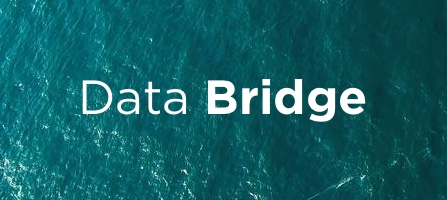Featured solution
Other products

The Risk Modeler API enables you to model catastrophe events for portfolios, accounts, and locations on Intelligent Risk Platform™.

Data Bridge API enables you to administer connections to Data Bridge and to import and export databases.

Location Intelligence API delivers key data and insights to help you to improve business decisions and better manage risk.

UnderwriteIQ enables groups interested in account-level modelling to import exposures and process exposures using custom workflows.

The Climate On Demand API enables financial services organizations to build physical climate risk applications that leverage the power of the Intelligent Risk Platform™.

